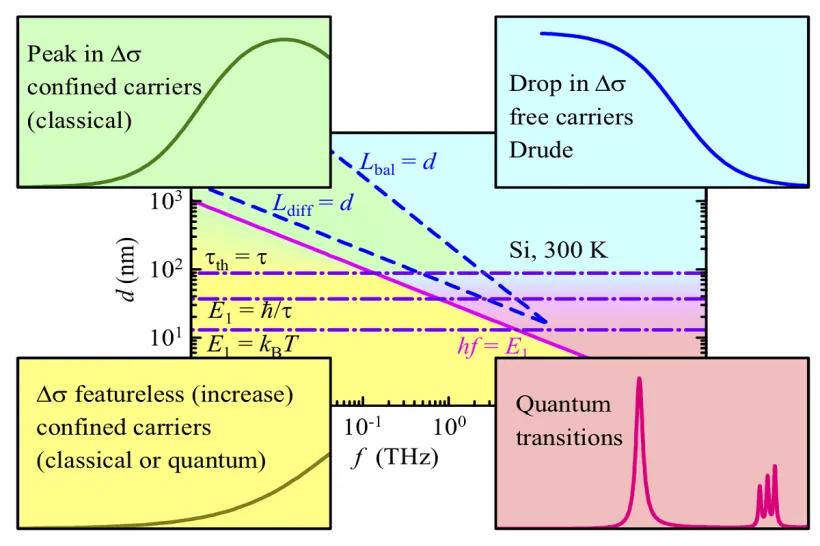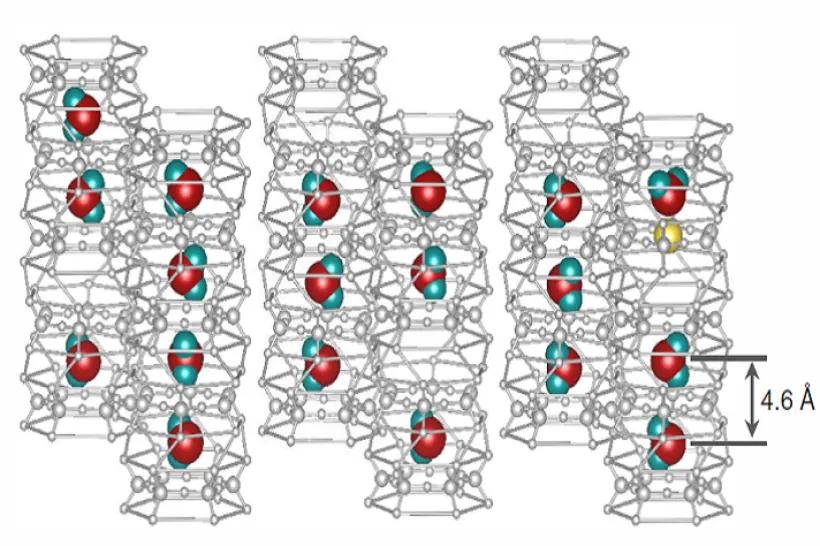This project deals with the basic research of exotic states of condensed matter at extremes of high pressures, low temperatures and high magnetic fields, with main interest being the unusual ground states and physical properties in rare-earth or uranium intermetallics under extreme conditions.
Application of high pressure as a variable thermodynamic parameter can be used to modify the electronic structure, strength of the interactions and corresponding physical properties of studied compounds. Unlike the chemical doping, which is widely used for the same purpose, the pressure can be considered as a “clean” way to tune the system to desired state.
Most of the effort is concentrated on the properties of the quantum phase transitions in the limit of zero temperature and the novel electronic states in their vicinity. Particularly, lot of attention has been focused on the magnetism of Ce and Yb – based intermetallic systems, where the extreme sensitivity to the chemical environment and the external stimuli (composition, pressure, magnetic field) originates in the possible changes of valency and consequently the different magnetic configuration of the RE ion. Upon increasing the hybridization strength, a transition occurs from a magnetically ordered trivalent (4f1 for Ce, 4f13 for Yb) to a weakly paramagnetic intermediate-valence ground state (towards tetravalent 4f0 for Ce and divalent 4f14 for Yb). The main features of this scenario are well accounted for by the Doniach model for competing Kondo and RKKY interactions. For weak hybridization, magnetic order of the localized 4f moments is observed, with increasing hybridization enhancing the Kondo screening of these local moments, leading to a weakening of the magnetic order. As a consequence, the ordering temperatures gradually decrease until the magnetic order is completely suppressed at a quantum critical point (QCP). Investigation of the novel phenomena arising near the QCP, such as the non-fermi liquid behavior, appearance of the unconventional superconductivity coexisting with a long-range magnetic order and the type of the phase transitions into these states are the main research objectives of this program.
Project relies on the availability of high quality single crystals of studied materials, which are prepared in cooperation with the Magnetism group at the Department of Condensed Matter Physics, Charles University. State of the art techniques for both, growing single crystals and their characterization (http://lmnt.cz/) play a vital role in this research topic. The project also requires advanced measurement techniques under high pressures. Pressure cells for magnetic, transport and neutron diffraction/scattering experiments under high pressures and very low temperatures are designed and built inhouse at the High pressure laboratory of Department of Magnetics and Superconductors.
Fig. 1. Temperature dependence of electrical resistivity of CeRh0.75Pd0.25In5 under high hydrostatic pressures up to 2.25 GPa (left panel) showing the evolution of antiferromagnetic order and the onset of the superconductivity around ~1.6 GPa. Right panel shows the phase diagram, data are compared to parent CeRhIn5 compound [1].
Literature
- M. Kratochvílová, K. Uhlířová, J. Prchal, J. Prokleška, M. Míšek, V. Sechovský:
Tuning the pressure induced superconductivity in Pd-substituted CeRhIn5,
Journal of Physics: Condensed Matter 27 (2015), 095602



